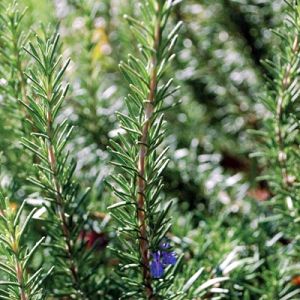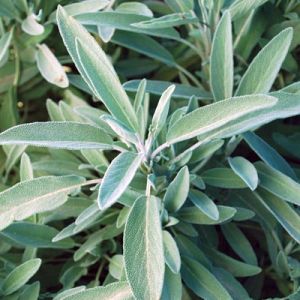Collective Evolution – Hippocrates, the ancient Greek physician, was right when he pronounced, “Let food be thy medicine and medicine be thy food.” This has been confirmed by decades of research showing the healing power of food, as well as, inversely, its potential to cause some serious health problems. So many diseases, as well as the exponential rise in chronic disease in recent decades, can be linked to our eating habits today.
We live in a world full of pesticides, antibiotic-laced meats, and processed foods that are manufactured to be addicting. On top of this, the birth and rise of chemical-based medicine has completely wiped out natural remedies that seem to be more effective. Chemical-based medicine, according to many, is also responsible for the massive rise in various diseases.
As Glenn A. Warner, MD, former head of the immunotherapy department of the Tumor Institute under Orliss Wildermuth, MD, writes: “We have a multi-billion dollar industry that is killing people, right and left, just for financial gain. Their idea of doing research is to see whether two doses of this poison is better than three doses of that poison.”
This is precisely why Dr. Richard Horton, the current editor-in-chief of The Lancet – considered to be one of the most well respected peer-reviewed medical journals in the world — recently published a statement declaring that a lot of published research is in fact unreliable at best, if not completely false:
The case against science is straightforward: much of the scientific literature, perhaps half, may simply be untrue. Afflicted by studies with small sample sizes, tiny effects, invalid exploratory analyses, and flagrant conflicts of interest, together with an obsession for pursuing fashionable trends of dubious importance, science has taken a turn towards darkness. (source)
Dr. Marcia Angell, a physician and longtime Editor in Chief of The New England Medical Journal (NEMJ), which is considered to another one of the most prestigious peer-reviewed medical journals in the world, makes her view of the subject quite plain:
It is simply no longer possible to believe much of the clinical research that is published, or to rely on the judgment of trusted physicians or authoritative medical guidelines. I take no pleasure in this conclusion, which I reached slowly and reluctantly over my two decades as an editor of the New England Journal of Medicine. (source)
It is highly unlikely that a doctor would prescribe you a daily dose of celery rather than pills to lower your blood pressure, despite the fact that some foods, like celery, have been shown scientifically and experimentally to have amazing results…
That being said, below is a list of 10 plants and herbs that can heal respiratory infections, boost lung health, and repair pulmonary damage. They can be done by vaporizing different herbs, making it into tea, or through other forms of ingesting it.
Continue reading


